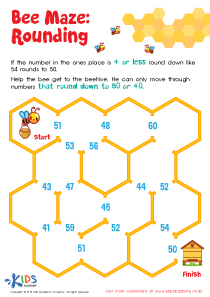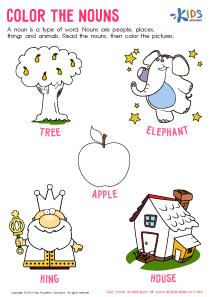Visual perception Numbers up to 100 Worksheets for Ages 4-8
4 filtered results
-
From - To
Enhance your child's number recognition and visual perception with our "Visual Perception Numbers up to 100 Worksheets" designed for ages 4-8! These engaging activities improve visual discrimination, help in understanding number sequences, and strengthen early math skills. Crafted by education experts, our worksheets are perfect for both home and classroom use. They'll transform learning into an exciting adventure with colorful illustrations and fun exercises. Visit Kids Academy to download printable worksheets that support your little one's journey in mastering numbers up to 100 while boosting their visual perception skills in an enjoyable way. Start learning today!
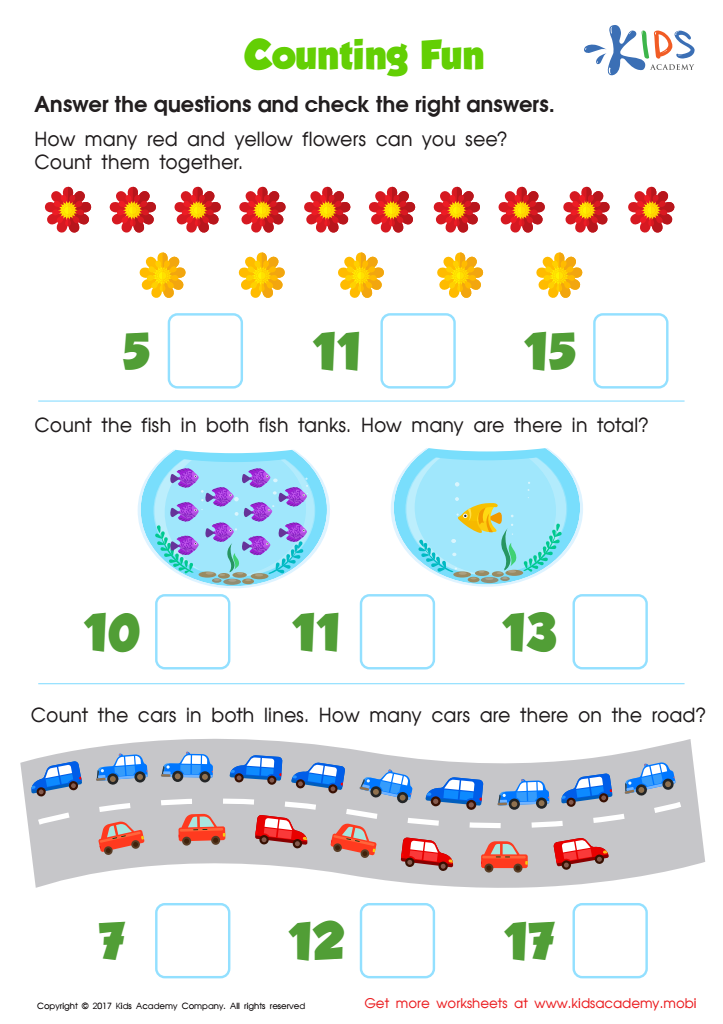

Counting Fun Worksheet
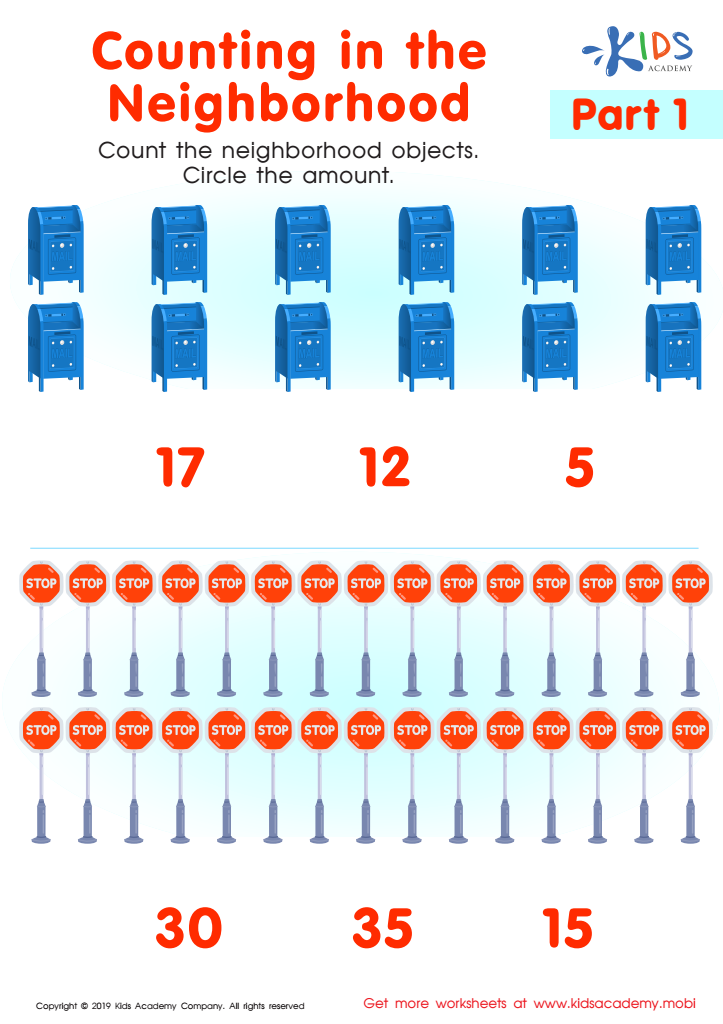

Counting in the Neighborhood Part1 Worksheet


Sweet Counting - Part 1 Worksheet
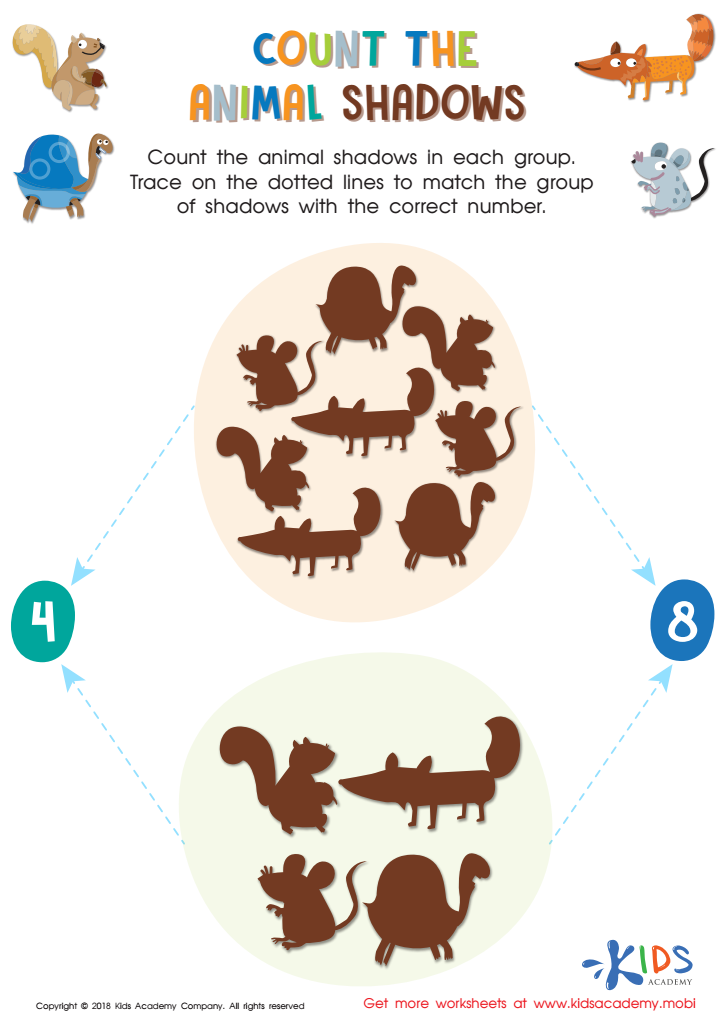

Count the Animal Shadows Worksheet
Visual perception skills, especially in relation to numbers up to 100, are critical for children aged 4-8 as they form a foundation for more advanced mathematical understanding and general academic success. At this young age, children are developing their ability to recognize and differentiate shapes, patterns, and spatial configurations, which are all pivotal in numeracy. When children can visually perceive numbers up to 100, they build a strong concept of quantity, order, and the relationship between numbers, which enhances their number sense.
Moreover, visual perception skills aid in the recognition of numbers on a board, in sequences, and in groups, fostering early arithmetic skills such as counting, addition, and subtraction. These visual and cognitive skills are also linked to everyday tasks, such as telling time, understanding money, and reading maps, thereby providing children with essential life skills.
For parents and teachers, improving these skills can translate into better performance in school, more confidence in handling numbers, and a solid foundation for future learning. Engaging children with visual and interactive tools, like number charts, counting games, and visual exercises, can make learning numbers fun and effective. Overall, investing in developing these visual perception skills is a critical part of early childhood education that supports broader cognitive and academic growth.
 Assign to My Students
Assign to My Students



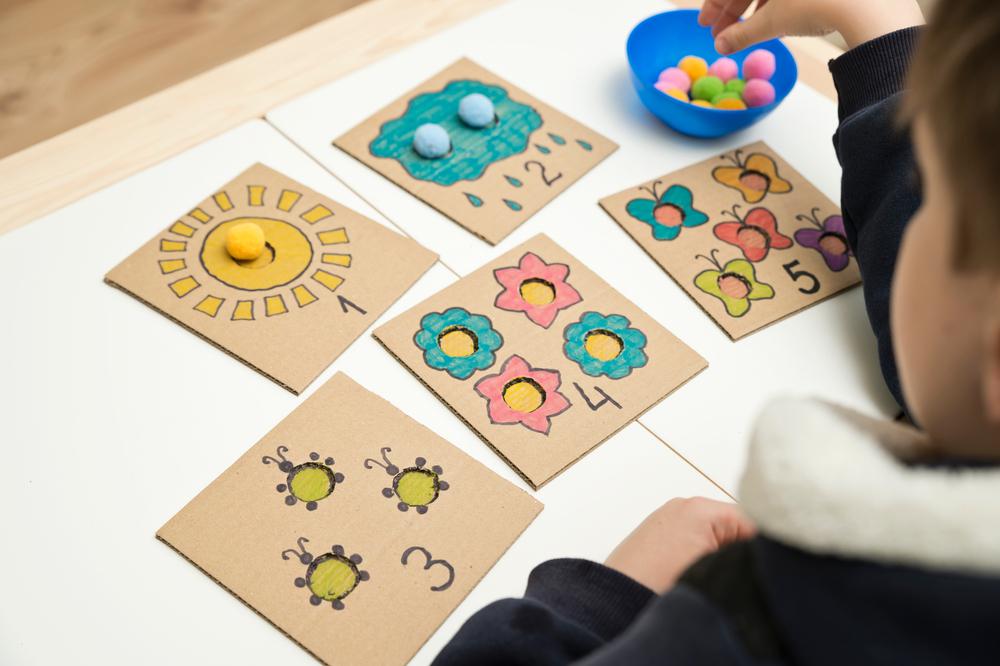
%20(1).jpg)



